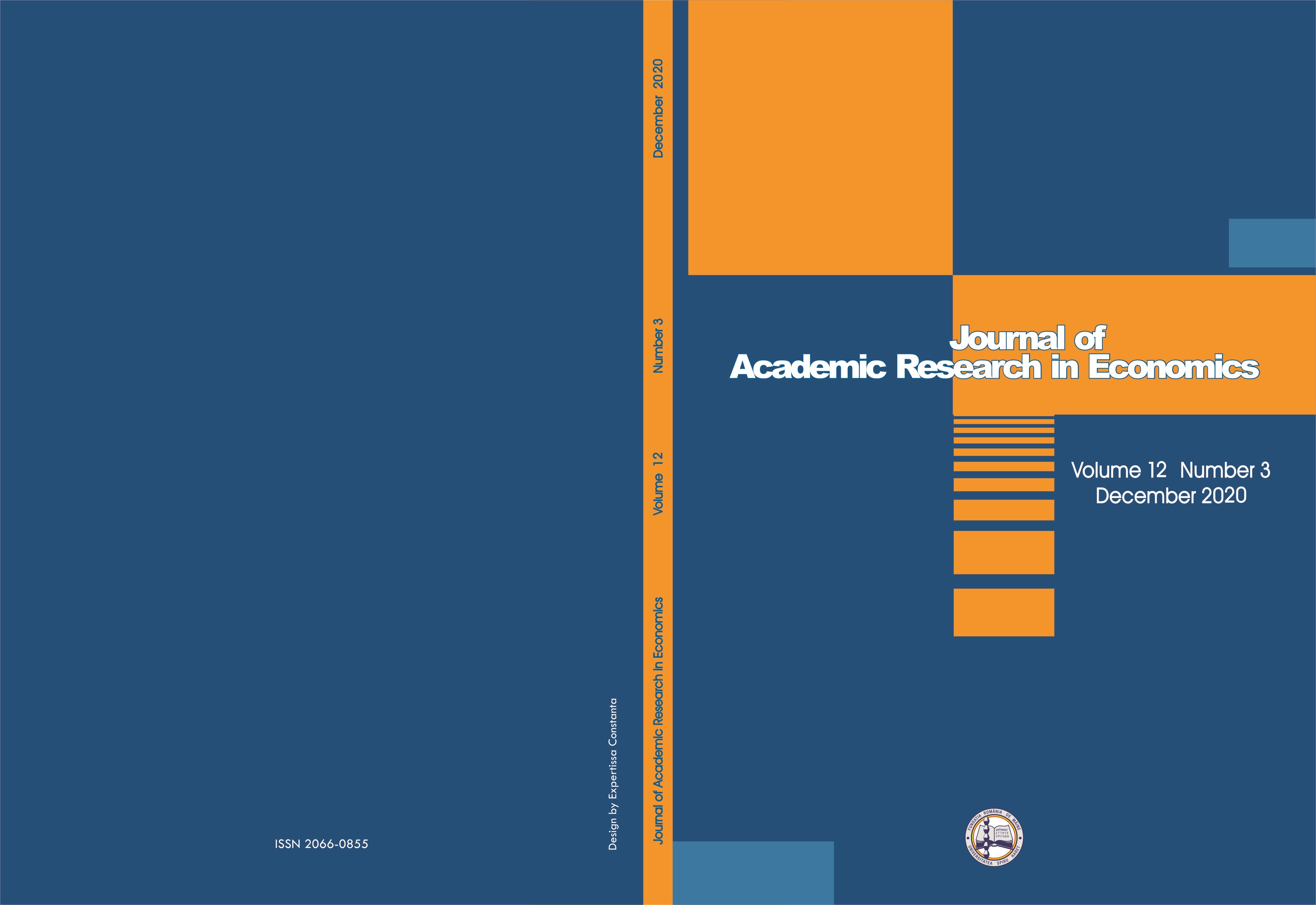INDUSTRY ARCHITECTURE: A MODEL TO CREATE VALUE AND APPROPRIATE VALUE IN THE VALUE SYSTEM OF RURAL ECONOMIES IN TANZANIA
INDUSTRY ARCHITECTURE: A MODEL TO CREATE VALUE AND APPROPRIATE VALUE IN THE VALUE SYSTEM OF RURAL ECONOMIES IN TANZANIA
Author(s): Nicholaus Bhikolimana Tutuba, Jasinta Samwel MsamulaSubject(s): Business Economy / Management
Published by: Universitatea SPIRU HARET - Faculty of Accounting and Financial Management
Keywords: industry architecture; commercial beekeeping; value system; Tanzania;
Summary/Abstract: How is value created and value appropriated by existing firms in the beekeeping industry in Tanzania? The industry architecture serves to answer two questions: Who does what? and Who gets what? These questions describe the division of activities in the value-creating system as a core determinant of value creation, and appropriation of value as a determinant of sharing of revenue in an industry. Using the qualitative design descriptive approach, 18 firms were purposively sampled, data were triangulated collected, and the saturation criteria were used to limit the amount of data. The interpretative data analysis showed that the beekeeping industry architecture is served by three potential firms: beekeepers, processors, and traders. Beekeepers create lesser value than other firms because they perform lesser activities, the activities they perform create lesser value in the beekeeping value-creating system. Also, beekeepers capture or appropriate lesser value because of intense competition, position in the value chain, and value-adding activities. We suggest changing the existing industry architecture from transactional and arms-length to a collaborative or business ecosystems structure.
Journal: Journal of Academic Research in Economics (JARE)
- Issue Year: 12/2020
- Issue No: 3
- Page Range: 509-531
- Page Count: 23
- Language: English
- Content File-PDF

